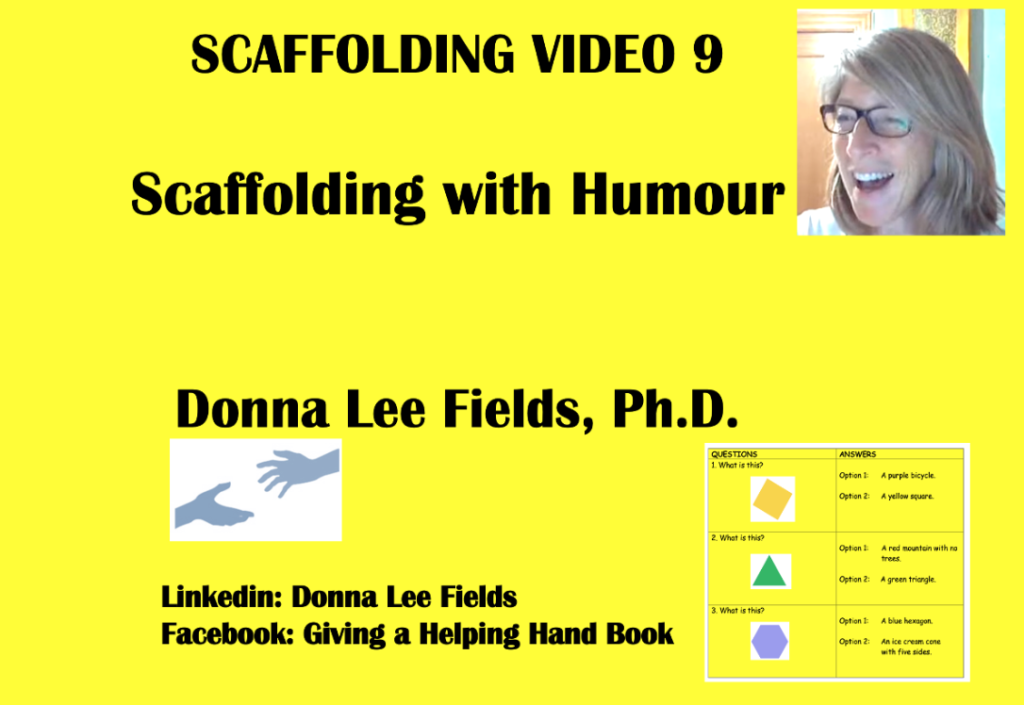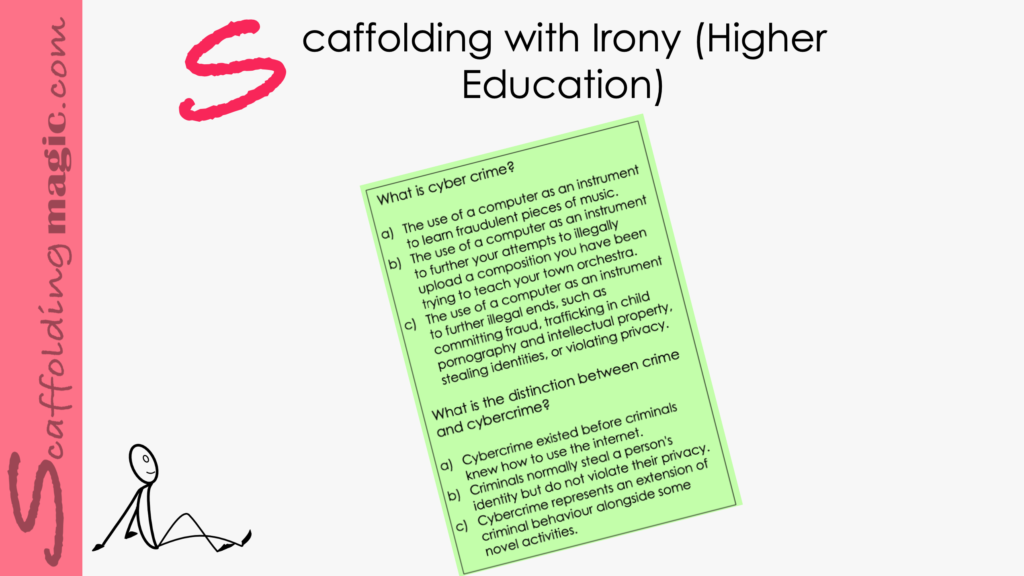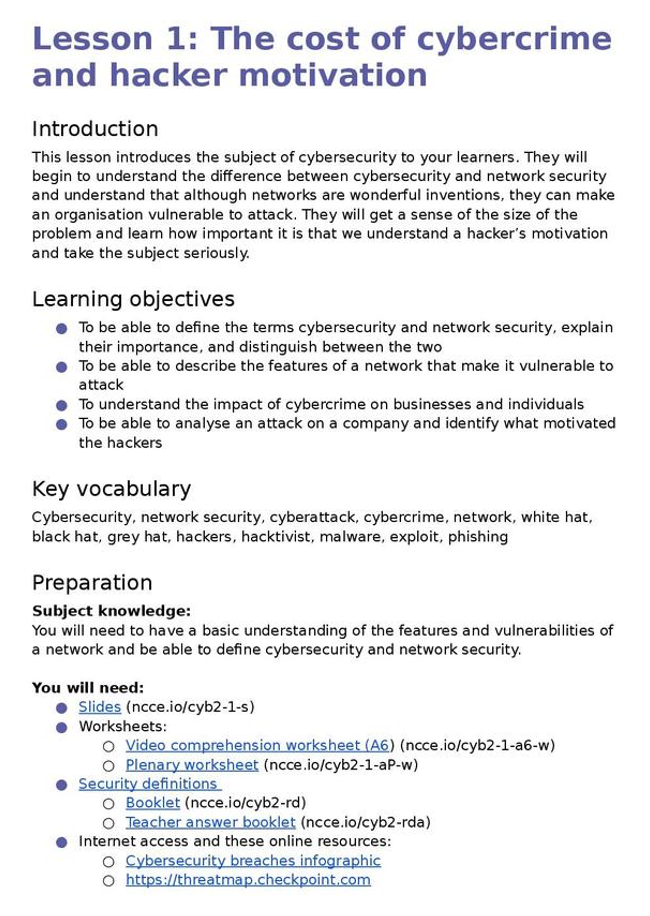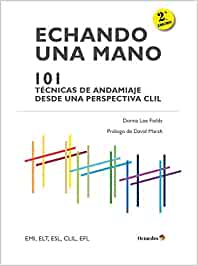You caught a beauty!!!
Download PDF of scaffold here.
theory behind scaffold…
Adding humour to a lesson is always a recipe for success. Humour changes the dynamic of the class and helps students to see their lessons with a different frame of mind. This scaffold uses irony – …………………………………..
The use of humour is engrained in our cultural perspectives. Edward T. Hall, one of the pioneers of cultural studies for the purpose of preparing us for and appreciating the differences in peoples across the globe, ………………………………………………………………….humour that are commonly present.*
In cultivating global citizens, it is important that our students know t…………………………………………. It’s yet another way of appropriately and knowledgeably interacting with ……………………….
……………………………, humour brings enthusiasm, positive feelings and optimism to the classroom. Irony generates cognitive activity and changes the vibration of the class. Using humour and irony in conscientious ways will help students to approach their lessons with a different frame of mind – ………………………………………..meaningful verbal exchanges about the topic at hand and internalise new information more deeply.
In putting this activity together, you’ll have the opportunity to play with language in creative ways. You’ll prepare ………………………………………. and the rest as absurd as you like them to be. (Remember, we want to cultivate a learning environment in………………………………………..)
You can begin by explaining to your students that they’re going to take a short quiz. ……………………………..accept their groans of disapproval, knowing that they are going to start laughing very soon. As their amusement rises, so will their receptivity of new concepts and language th………………………………..
*Hall, Edward T. (1973). The Silent Language. New York. Anchor Books
step by step:
1. Write 10-15 questions related to the unit you’re about to begin. For each question, offer multiple choice answers – one appropriate and the others written with irony (to the point of being absurd).
- To make the activity communicative in pairs or groups of three (3), students take turns reading the questions aloud along with the multiple-choice answers. …………………
- The activity continues until all the questions have been asked and answered in the manner outlined above. Those groups who finish before others, read t……………………………………..
- ………………………………………..and the other groups taking turns answering. As each group answers, you ask another group if they agree with the answer or not. (Note: they must give their response in a complete sentence. (Ex. ‘Y………………………………………. sense.’)
- Formative Assessment: In pairs or groups of three, students ……………………………………….. (This will give you an indication of whether they understood the valid answers and so the core of the subject.)
- Reflection: Students …………………………………………………….they comment on the humour and whether that changed their mood towards learning the new information.
video explanation of scaffold…

find more scaffolds here…


Scaffoldingmagic.com is your entryway into DYNAMIC bilingual learning methodologies, such as Phenomenon-Based Learning, CLIL, EMI, and ESL. You’ll find ways to implement critical thinking tools (DOK) to promote higher level thinking, the growth mindset, instill an ethic of excellence, deep reflection on learning, and all through multi-cultural, interdisciplinary activities. We have the keys to turning competences into action and to creating collective efficacy in your school so you move ahead as a unified, enthusiastic team.







